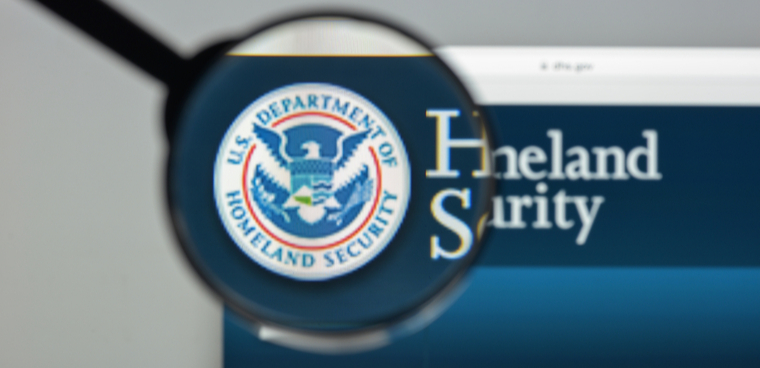DHS workforce engagement scores still lag, but numbers may not tell the whole story

At a House hearing on DHS employee morale, the agency's human resources chief testified that the rankings don’t take into account ongoing efforts to address internal issues.

Since its 2003 inception, the Department of Homeland Security has faced high rates of turnover and low morale. The agency has also taken hits in employee surveys. DHS ranked last among large agencies in employee engagement, according to the 2019 "Best Places to Work in the Federal Government" report from the Partnership for Public Service.
At a Jan. 14 hearing of the Oversight, Management, & Accountability Subcommittee of the House Homeland Security Subcommittee on DHS employee morale, DHS Chief Human Capital Officer Angela Bailey testified that the rankings don’t take into account ongoing efforts to address internal issues.
"DHS is one of the three most improved very-large agencies. We’ve seen some notable component level successes," she said citing year-over-year improvement at the Secret Service since 2016. "This progress is the result of paying attention to those data and reaching out directly to solicit feedback on root causes of dissatisfaction. It is a textbook example of sustained effort and it has paid off," she said.
Bailey also pointed to the agency's new Employee Family Readiness Council as one such example of the department’s ongoing effort to tackle employee morale, particularly among its border and immigration enforcement personnel.
"The [Federal Employee Viewpoint Survey] score only gives one side of the story. We know we have to treat our employees as a whole person," Bailey said. "We've delivered training to help [employees] deal with their general stress, mindfulness training, created stronger-bonds training, and we’ve created a mental health website to help them with their mental health." The council also provides resources such as financial literacy classes, help with family obligations, and childcare, Bailey added.
Bailey is also in the midst of overhauling DHS’s hiring process for cybersecurity talent, adding that there are plans to hire some 150 people for positions such as information technology specialists this year and another 300 in 2021.
Max Stier, head of the Partnership for Public Service praised Bailey's work and said, “one of the most important things I can advocate for is continuing to focus on the good in addition to the bad, in order to address root causes [of dissatisfaction]."
One major flaw that stood to be addressed was the lack of continuing leadership in DHS, Stier said, which tended to drag on morale when employees couldn’t expect consistency from management. Ten of the agency's top positions are staffed by acting leaders, with only a few nominees in the pipeline slated to face Senate confirmation.
"We need to provide continuity in the senior management ranks that doesn't exist today. We've had our fifth undersecretary for management in five years,” Stier said. "There [are] way too many different Senate-confirmed positions, way too many political appointees."
Tenure among differing departments may also account for the varying engagement scores.
"What TSA faces is going to be completely different from what the Coast Guard faces, an agency that has been around for many, many years, and has a strong leadership culture with its own Academy," testified Chris Currie, the Government Accountability Office’s Team Director of Homeland Security and Justice. "It has well-rounded management principles and a structure and hierarchy. It's going to take longer for TSA, as a younger agency, to get to the point where they’ve faced their morale issues."
Subcommittee chair Rep. Xochitl Torres Small (D-N.M.) noted that legislation was being considered to help aid DHS in its efforts – the DHS Morale, Recognition, Learning and Engagement Act. The bill would create an employee-led steering committee including union representation to articulate factors that dampen morale and engagement at DHS. The bill would task the agency's chief human capital officer with responding to those concerns.


